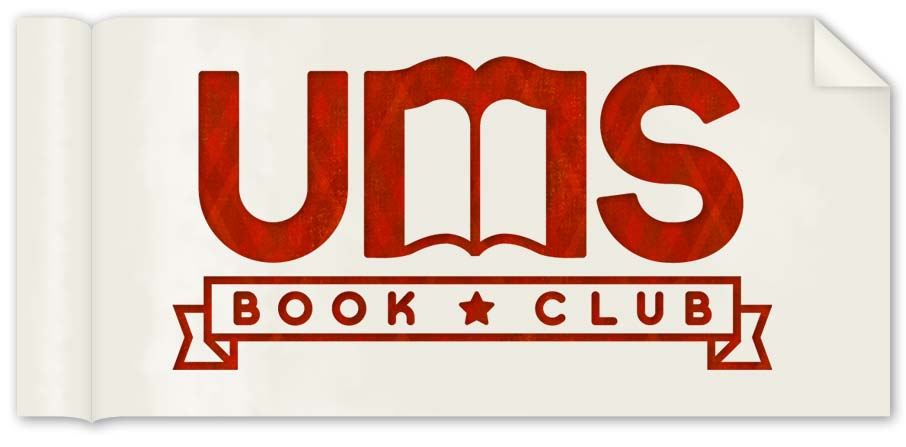
Play or Download this Episode (Recorded live on 08/24/2012)
Download MP3 (51.68 MB / 00:56:27)
Subscribe to the Show
Technical Difficulties: I’m so sorry for the live show breaking down at the very last minute. The service we use to do our live stopped responding right at show time, even though tests 15 minutes prior to going live worked like a champ. My sincere apologies to you guys who tuned in to listen and were let down and also to Aarron for agreeing to do the show and missing out on the live experience.

Aarron Walter
Aarron (@aarron) – Lead user experience designer for MailChimp, you can follow him on his personal website aarronwalter.com too.
Designing for Emotion – #5 in the A Book Apart series
Questions for Aarron
How did you come to the subject of Emotional Design?
How did you get to write a book for A Book Apart?
Quote from the preface:
“emotional design—which uses psychology and craftsman- ship to create an experience for users that makes them feel like there’s a person, not a machine, at the other end of the connection.”
How do you get beyond the basic needs of a user (usable, reliable, functional) and get to that special place where we get some delight or pleasure out of using that website or app?
“Emotional experiences make a profound imprint on our long-term memory.”
In Chapter 2 – Designing for Humans:
You talk about CONTRAST but not in a black & white sense, you discuss the tumblr sign up page as a good example of contrast. Can you get into that a little for us? what makes it a good example, what things are they doing well with it?
What is Brand contrast?
You also talk about Aesthetics, specifically: “the aesthetic-usability effect. Attractive things actually work better.” – How so?
Chapter 3: Personality
You get into how you don’t like the term HCI Human Computer Interaction and prefer to think about a Human to Human Communication How do you get to this in how you work?
In the personas section, as far as I can remember, this is the first place I saw the words: “Engagement methods: Surprise and delight” – Mailchimp definitely goes here with it’s interface and Freddie.
Chapter 4: Emotional Engagement
How can we wield “surprise” to create a situation that makes our product or interface memorable. how does it work? Any good examples? You used photojojo in your book.
How about “anticipation” you say it’s the opposite of surprise. How so?
Twitter vs. Facebook
“Allow people to change on their own schedule, and you empower them, diffusing animosity. We’d all rather hear “You may …” instead of “You must ….”
The “primed” the users for the new interface right? Has mailchimp done this with anything in the past?
Chapter 5: Overcoming Obstacles
This chapter is about how we use “good design” or “emotional design” to help people with their “gut decisions” People use instinct or make “gut decisions” on things, like on a signup page design.
How does this work? Does this relate to the “good aesthetics in design” principal?
Jesse James Garrett: (Link to his post)
“I like “user” because it entails direct engagement with what we make.”
Replying to a comment by Square’s founder Jack Dorsey saying he preferred “customer” over “User”. How do you feel about this argument of using the term “users” vs. “customers” or “People”?
Chapter 6: Forgiveness
How do you accrue good will in an interface, app or website? How does it help you in bad times? Any examples? Flickr was a good one you wrote about.
Thanks to Aarron!
Aarron is one of the nicest human beings i’ve ever had the pleasure of talking with, he’s a class act and a true professional.
Go get his book if you haven’t already.





0 Comments